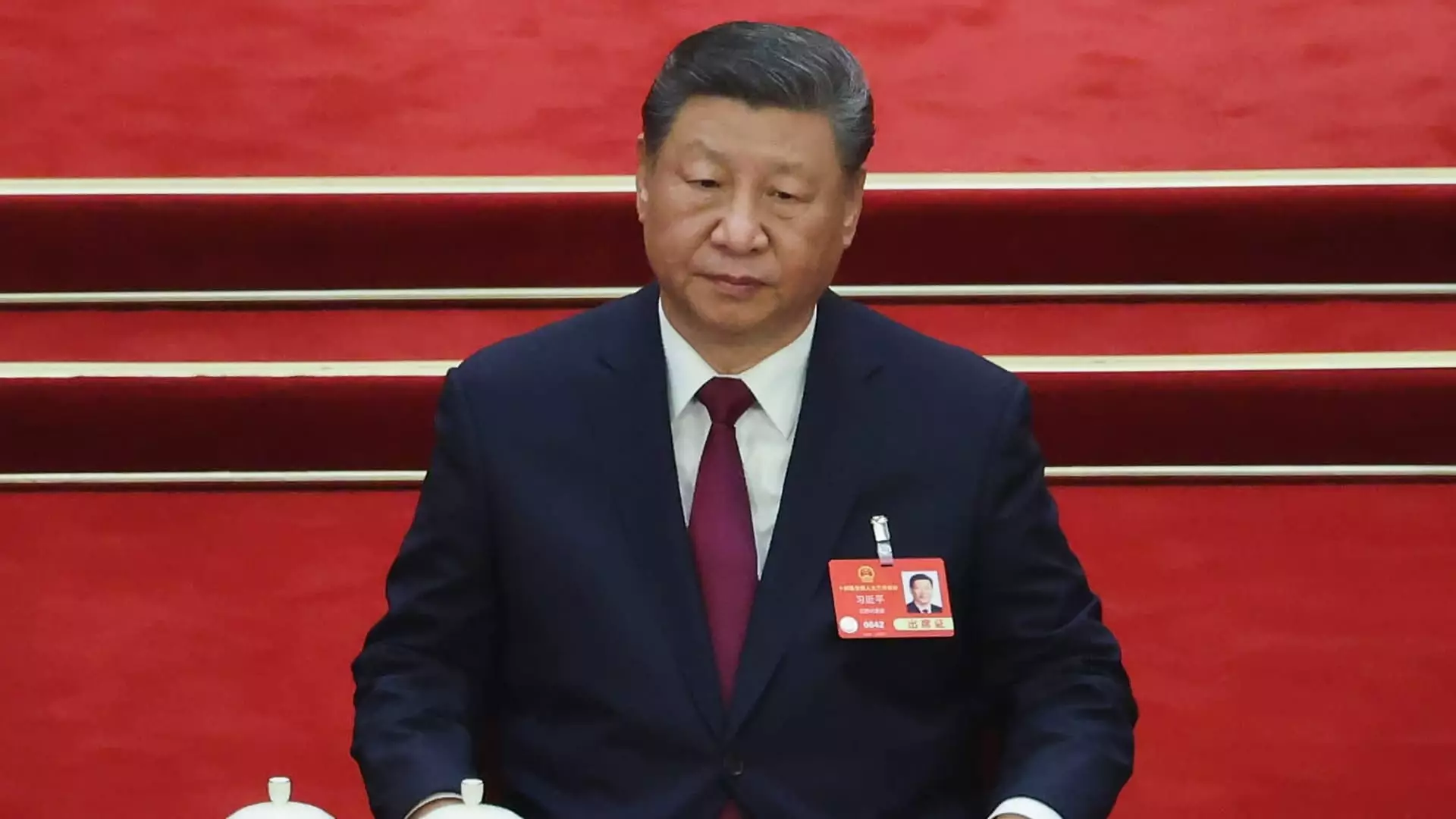In a striking twist of economic confrontation, China has retaliated against the United States by raising tariffs on American imports to an alarming 84%. This escalation, signaled by the Office of the Tariff Commission of the State Council, marks a critical moment in the ongoing trade battle ignited by former President Donald Trump. Effective from April 10, this increase follows the U.S. administration’s latest round of tariffs, which saw Chinese goods subject to levies that eclipsed the 100% mark. What was once viewed as a negotiation tactic seems to be morphing into a full-scale war, with each country flexing economic muscles that could lead to disastrous repercussions.
Tit-for-Tat: A Recipe for Economic Destruction
This tit-for-tat strategy, reminiscent of an aggressive chess match, poses a serious threat to the interconnected economies of the U.S. and China. What’s at stake is more than just trade balances; the livelihood of millions hangs in the balance. In 2024, the U.S. exported $143.5 billion worth of goods to China but imported a staggering $438.9 billion. Such figures make it clear this isn’t merely a bilateral issue; it’s a worldwide financial disaster waiting to unfold. The Trump administration initially warned nations against retaliation, but China, rather than bending to diplomatic pressure, has adopted a hard-line approach. The question arises—what rationale drives such steadfastness in the face of growing economic turmoil?
The Misguided Assumptions of Economic Warfare
U.S. Treasury Secretary Scott Bessent made headlines by labeling China as “the worst offenders in the international trading system”. Such declarations, though tinged with truth, reveal a profound misunderstanding of the challenges posed by the complex global economy. If China is the “worst offender”, does that provide a sound justification for a confrontational approach, or does it merely illustrate a lack of constructive dialogue? By framing China as a villain, there is a missed opportunity to invite collaboration in resolving deep-rooted imbalances. Rather than burdening both economies with increased tariffs, would it not be wiser to foster negotiations that encompass long-term solutions?
The reality is that these escalating tariffs are not just abstract figures; they lead to tangible impacts, such as rising prices for consumers and disrupted supply chains. This economic warfare has unnerved global markets, where fears of slowed economic growth and rising inflation become a self-fulfilling prophecy. If investors start to distrust the stability of these two economic giants, the ramifications could ripple throughout the world economy, instigating a broader crisis.
The Bear Market’s Grim Shadow
Wall Street’s sharp reactions demonstrate the high stakes involved. The S&P 500 languished, plummeting nearly 20% from its peak—signaling a bear market—a decline mirrored by global indices like South Korea’s Kospi and a sharp drop in stocks in both Shanghai and Hong Kong. The message is clear: the trade confrontation is more than just economic posturing; it’s shaking investor confidence and impacting real lives.
The narrative often highlights a binary choice: either “America First” or a China-centered trade world. However, such polarizing views obscure the reality that true economic but also moral leadership must come from cooperation and mutual respect rather than outright aggression.
Hope amidst Conflict: The Path Forward
Despite the grim atmosphere, not all is lost. There are glimpses of willingness for dialogue from some other nations, such as Japan, while China’s resolute stance demonstrates the depth of its commitment to economic sovereignty. Yet, this positions both countries at a crossroads—continue this path of destructive conflict or dare to engage in meaningful discussions that can lead to a more balanced global trading system.
Center-wing liberalism advocates the belief that trade should enhance mutual prosperity rather than accentuating inequalities. There’s a pressing need for both nations to rethink their aggressive posture and replace it with a strategy geared toward sustained economic growth and fairness. Otherwise, they risk plunging not only their own economies but potentially the entire world economy into disarray. The stakes couldn’t be higher, and as economic leaders, both the U.S. and China must grasp the gravity of the situation before it’s too late.


Leave a Reply